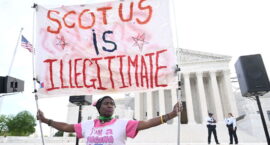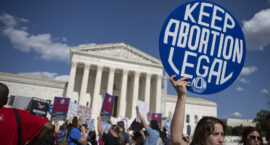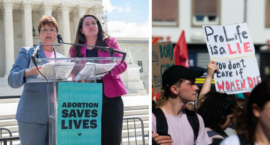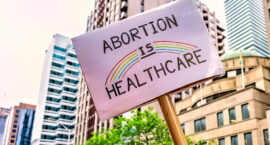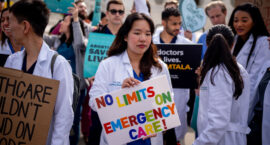
Two women have filed federal complaints against Texas hospitals they say refused to treat their ectopic pregnancies, leading both women to lose their fallopian tubes and endanger their future fertility.
Texas law allows doctors to terminate ectopic pregnancies, a condition in which the fertilized egg implants in the fallopian tubes, instead of the uterus. Ectopic pregnancies are always non-viable and can quickly become life-threatening if left untreated. Despite these protections, these women say they were turned away from two separate hospitals that refused to treat them. The complaint alleges that the doctors and hospitals are so fearful of the state’s abortion laws, which carry penalties of up to life in prison when violated, that they are hesitating to perform even protected abortions.
“Texas officials have put doctors in an impossible situation. It is clear that these exceptions are a farce, and that these laws are putting countless lives in jeopardy.”



